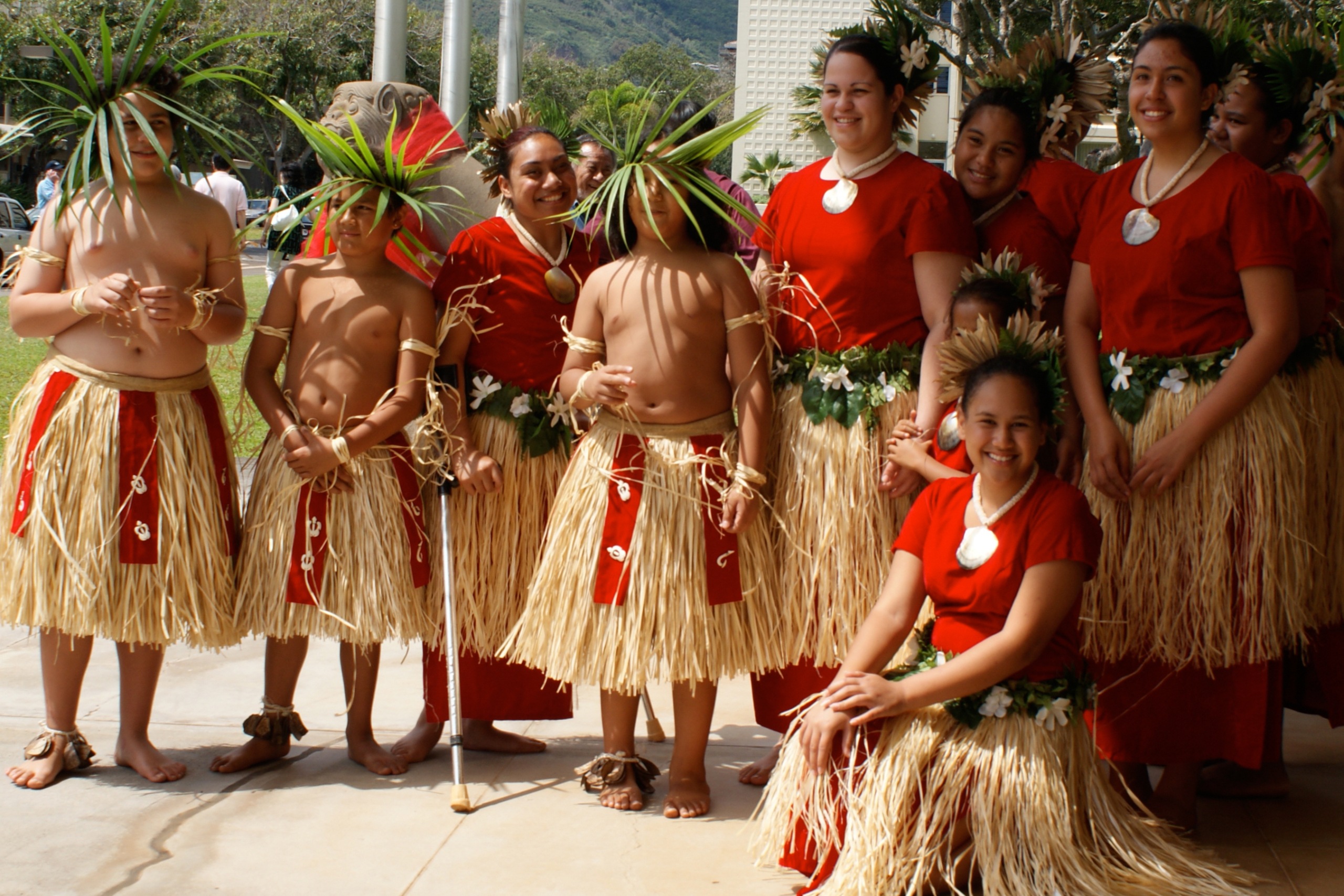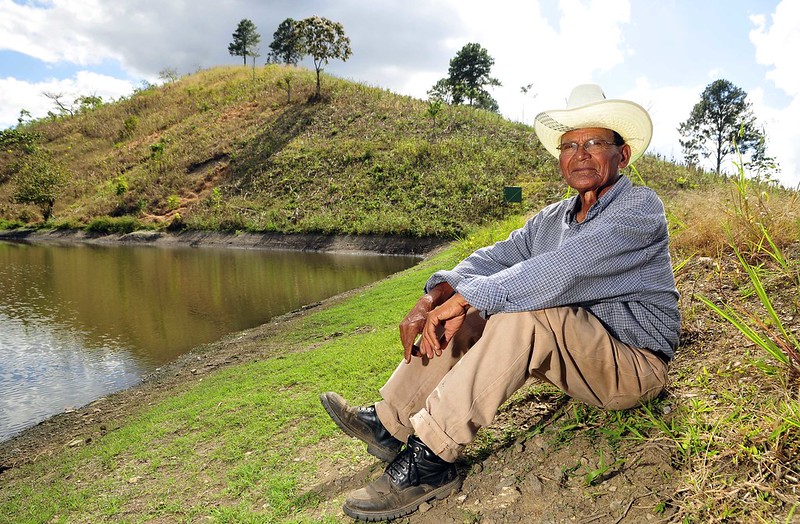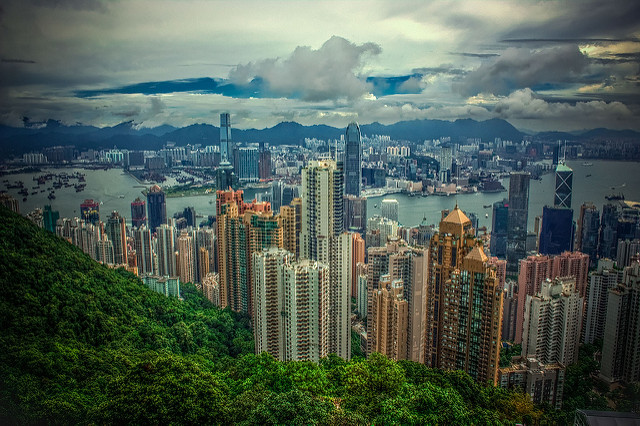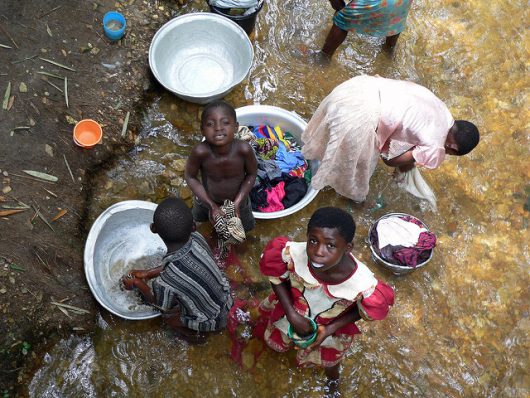 Tokelau, a Polynesian territory of New Zealand, boasts three small atolls fringed by crystal-clear waters and vibrant coral reefs. Despite this idyllic image, a hidden struggle with food security persists for many residents. While official reports indicate neither extreme poverty nor hunger on the island nation (data from 2014 shows no Tokelauans living below the basic needs poverty line), a 2016 census revealed a different story. About 22% of households reported feeling they have insufficient income. This discrepancy in hunger in Tokelau highlights the limitations of traditional poverty metrics. It underscores the importance of Sustainable Development Goal 2 (SDG 2): Zero Hunger.
Tokelau, a Polynesian territory of New Zealand, boasts three small atolls fringed by crystal-clear waters and vibrant coral reefs. Despite this idyllic image, a hidden struggle with food security persists for many residents. While official reports indicate neither extreme poverty nor hunger on the island nation (data from 2014 shows no Tokelauans living below the basic needs poverty line), a 2016 census revealed a different story. About 22% of households reported feeling they have insufficient income. This discrepancy in hunger in Tokelau highlights the limitations of traditional poverty metrics. It underscores the importance of Sustainable Development Goal 2 (SDG 2): Zero Hunger.
Life on the Remote Atolls
About 1,500 people live on the coast of the three atolls: Atafu, Nukunonu and Fakaofo. The remote islands depend on boats and planes for transportation and trade. This makes it hard for them to get food from other places and limits their economic opportunities. Most people rely on fishing and subsistence farming for their livelihoods. However, these are threatened by changing weather patterns and environmental degradation.
Nutritional Challenges in Tokelau
Shifting weather patterns, a grim consequence of the changing climate, dramatically reshape Tokelau’s once-predictable island life. Rising sea levels fueled by warming waters threaten coastal areas with erosion and flooding. Droughts and storms, once infrequent visitors, have become unwelcome regulars, disrupting freshwater supplies and agricultural practices. Saltwater intrusion, a silent invader, contaminates freshwater sources and soils, jeopardizing food security and traditional livelihoods.
Addressing the impact of changing weather patterns on Tokelau’s small atolls requires a multifaceted approach, including a shift in community mindsets and behavior. The island needs adaptation measures for essential service provision and increased capital investment to strengthen infrastructure against the changing climate.
Further, recent decades have witnessed a cultural shift that has contributed to hunger in Tokelau. Increased access to imported, processed foods has led to the gradual loss of traditional knowledge and skills for growing and preparing local fare. While often cheaper and more convenient, these imported options are laden with sugar, fat and salt, lacking essential vitamins and minerals.
This shift has fueled a rise in diet-related diseases like obesity, diabetes and heart problems, with children most susceptible due to their critical need for proper nutrition for growth and development. A United Nations Children’s Fund (UNICEF) situation analysis of children in Tokelau found that obesity and related non-communicable diseases are major public health concerns. Data from 2010 suggests that 74% of the population aged more than 16 and 33% of children aged 0-15 were obese.
Initiatives To Fight Hunger in Tokelau
Despite the challenges, there is hope for Tokelau to overcome hunger and achieve food security. The Food and Agriculture Organization of the United Nations (FAO) initiatives and programs address the problem from different angles. FAO has been partnering with Tokelau since 2011 as an Associate Member. The organization’s assistance to Tekolau has helped sustain natural resources and food security in the past few years.
FAO tailors its aid to Tokelau through the 2013-2017 Country Programming Framework. This framework addresses the regional needs of 14 Pacific Island Countries, including Tokelau, while focusing on five key areas:
- Strengthening policies and legislation
- Fostering sustainable agriculture
- Ensuring food safety
- Boosting production and marketing
- Protecting biodiversity
In Tokelau specifically, FAO prioritizes building food security and climate resilience through two outcomes. The organization works to integrate environmental sustainability and adaptation to the changing climate into policies. Also, it wants to enhance environmental sustainability and resilience through improved coastal area management and sustainable land-use planning.
Tokelau’s Land Management Challenges and FAO’s Support
Tokelau’s low-lying atolls (three to five meters above sea level) face significant challenges due to coastal erosion. The limited land fertility and few natural resources further complicate food security and sustainable development.
Recognizing these challenges, FAO provided technical assistance to develop Tokelau’s first land-use plan. This plan, informed by land resource assessments and alternative scenarios, outlines sustainable land management practices and designates specific areas for various purposes, including tree planting, agriculture, infrastructure, housing, protected reserves and coastal development.
The Future of Tokelau
Tokelau’s struggle with hunger exemplifies the global need to achieve SDG 2. By working towards this goal, the international community can support vulnerable communities like Tokelau in building a future free from hunger and malnutrition, ensuring a healthy and sustainable future for all.
– Adewumi Adewale
Photo: Flickr



 According to a World Bank report, there is a global learning crisis that is continuing to threaten millions of young students, and as the social gaps widen, the learning crisis increasingly becomes a moral and economic crisis as well.
According to a World Bank report, there is a global learning crisis that is continuing to threaten millions of young students, and as the social gaps widen, the learning crisis increasingly becomes a moral and economic crisis as well. Not only do refugees lack a stable place to call home, many also lack access to education. For
Not only do refugees lack a stable place to call home, many also lack access to education. For 
